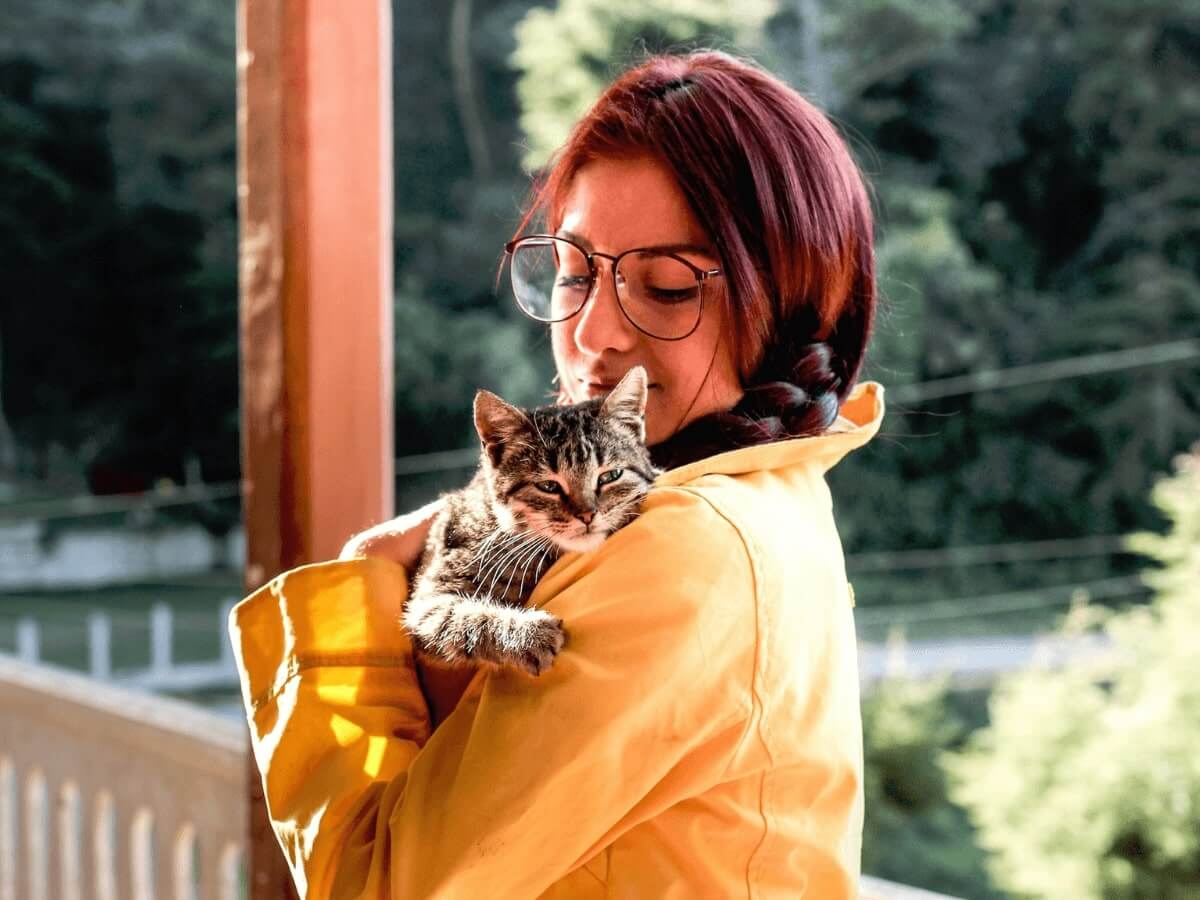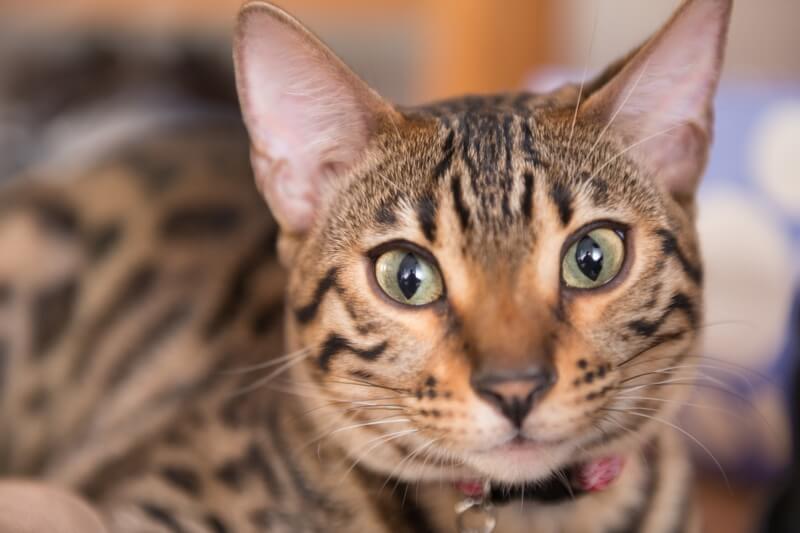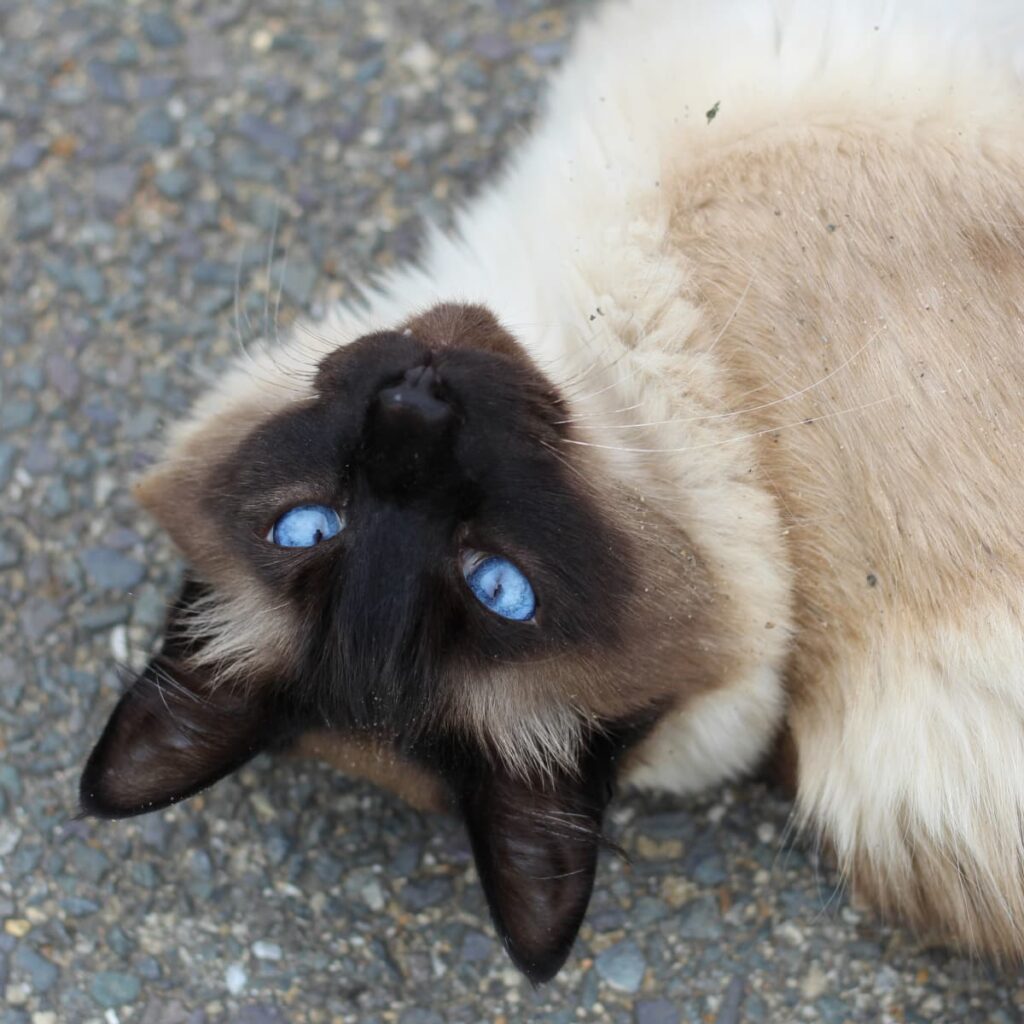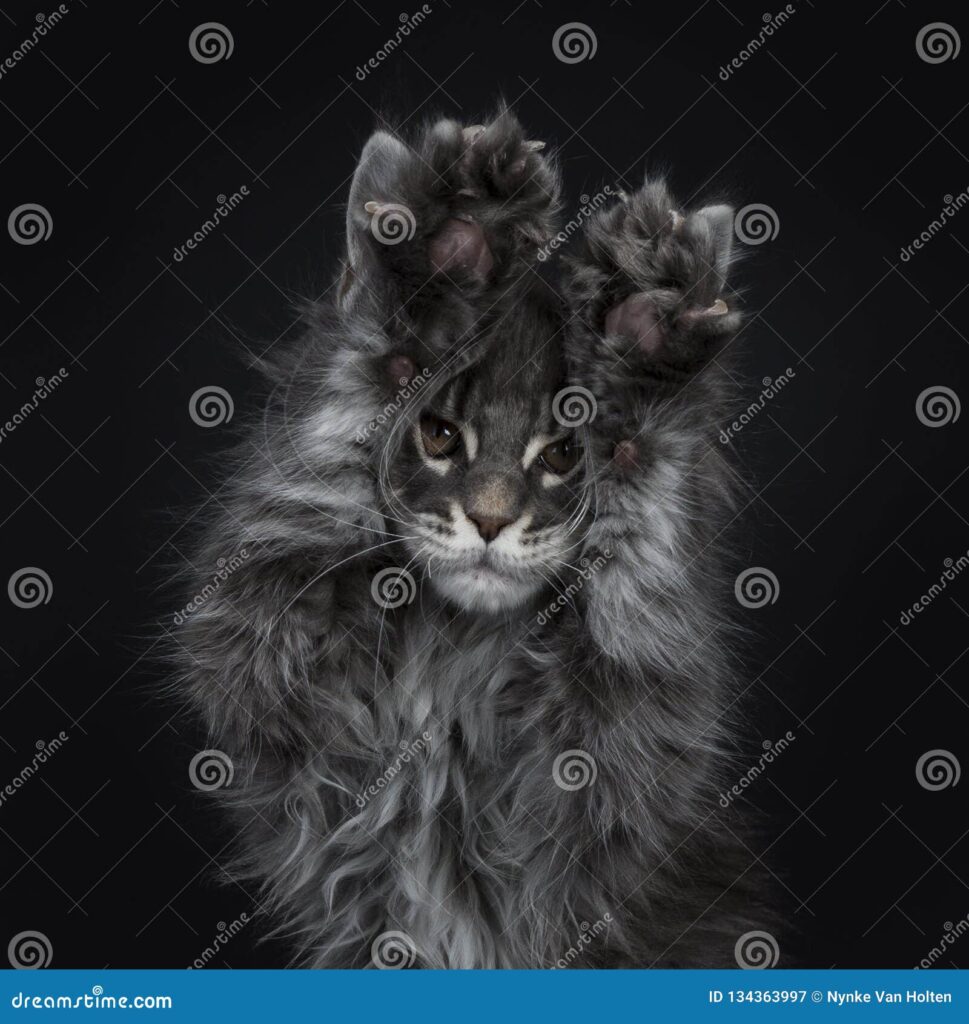When feeding a Ragdoll cat, it’s crucial to provide a well-balanced diet that meets their specific nutritional needs. A high-quality, protein-rich diet, preferably consisting of wet food, is ideal for their health and wellbeing.
Ragdolls are prone to obesity, so portion control and regular exercise should be incorporated into their feeding routine to maintain a healthy weight. Proper nutrition plays a vital role in the overall health and longevity of Ragdoll cats. We will explore the essential aspects of feeding a Ragdoll, including the best types of food to offer, portion sizes, feeding schedule, and potential dietary concerns.
By understanding how to appropriately nourish your Ragdoll, you can ensure a happy and healthy feline companion. Let’s delve into the hows and whys of feeding a Ragdoll cat to provide them with the best care possible.
Contents
Choosing The Right Food For Your Ragdoll Cat
When feeding a Ragdoll cat, it is essential to understand their nutritional needs to ensure they are getting the right balance of essential nutrients. Ragdoll cats require a diet high in protein, with specific requirements for amino acids, such as taurine. High-quality cat food formulated for Ragdolls should contain a blend of protein, healthy fats, vitamins, and minerals to support their overall health.
When selecting Ragdoll cat food, factors such as the cat’s age, weight, and activity level should be taken into consideration. Special dietary needs and allergies should also be addressed, and the benefits of wet vs. dry food should be carefully weighed. Ultimately, the goal is to provide a diet that meets the cat’s nutritional needs while keeping them healthy and satisfied.
Feeding Schedule And Portion Control For Ragdoll Cats
Feeding a Ragdoll cat requires establishing a consistent feeding schedule to maintain their health. Routine and regular mealtimes are important for monitoring your cat’s appetite and eating habits. Portion control is essential to prevent overfeeding, especially understanding portion sizes based on weight and activity level. Tips for avoiding obesity and maintaining a healthy weight include proper meal planning and avoiding excessive treats. By following these guidelines, you can ensure your Ragdoll cat receives the appropriate nutrition and portion sizes, leading to a healthy and active lifestyle.
Transitioning To New Ragdoll Cat Food
Transitioning your Ragdoll cat to new food requires a gradual process to prevent digestive upset and food intolerances, as well as to reduce stress and anxiety during the transition period. When making this change, it’s important to slowly introduce the new food while gradually decreasing the old food over a period of 7-10 days. By doing this, you allow your cat’s digestive system to adapt to the new food, minimizing the risk of gastrointestinal issues. Additionally, observing your cat’s behavior and appetite during the transition can help you gauge their acceptance of the new food. Ensuring a smooth transition to new Ragdoll cat food will contribute to your cat’s overall health and well-being.

Credit: www.untamedcatfood.com
Frequently Asked Questions For Ragdoll Cat Food: The Hows And Whys Of Feeding A Ragdoll
What Are The Dietary Needs Of A Ragdoll Cat?
Ragdoll cats require a balanced diet of high-quality protein, essential fatty acids, and limited carbohydrates. Ensuring proper hydration through wet food is also crucial for their health.
How Often Should I Feed My Ragdoll Cat?
Feeding your Ragdoll cat twice a day is recommended to maintain their energy levels and keep their metabolism in check. Portion control is essential to prevent obesity and other health issues.
Should I Consider Any Specific Dietary Restrictions For My Ragdoll Cat?
Avoid feeding your Ragdoll cat foods that contain artificial preservatives, colors, and by-products. Consult with your veterinarian to ensure that the food you choose meets their specific nutritional needs.
Conclusion
In wrapping up, feeding your Ragdoll cat requires attention to their specific dietary needs. Stick to high-quality, protein-rich food and avoid overfeeding to prevent weight-related health issues. Additionally, consult with your veterinarian to ensure their diet aligns with their individual needs.
Your Ragdoll’s well-being depends on a balanced and nutritious diet.

Katie Lindsey is a passionate cat lover and founder of Cats Solution, a comprehensive resource for all things feline. With a lifelong love for cats and extensive knowledge in their care and behavior, she provides expert advice and solutions to cat owners. Through her website, Katie fosters a supportive community where cat enthusiasts can find guidance and heartwarming stories. A dedicated advocate for animal welfare, Katie also promotes responsible pet ownership and adoption. Join her on this purr-fect journey celebrating the joy of feline companionship.



